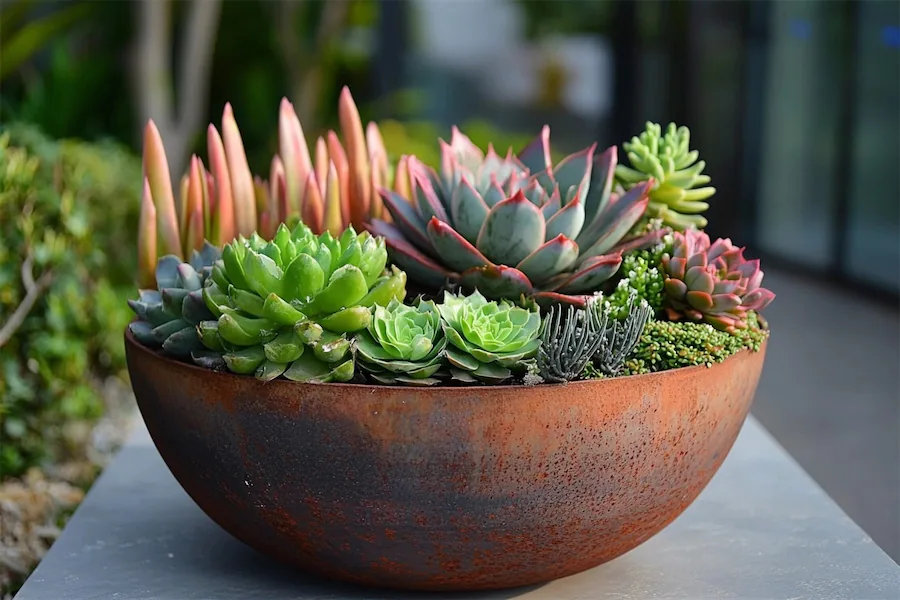A container garden involves cultivating plants exclusively in pots or other containers instead of planting them directly into the ground. This approach is ideal for individuals with limited space, such as apartment dwellers, or for those who wish to enhance patios, balconies, or indoor areas with greenery.
History and Origins of Container Gardens
The practice of container gardening dates back thousands of years, with early examples found in ancient Egyptian, Roman, and Chinese civilizations. These cultures utilized containers to grow ornamental and edible plants, often for decorative purposes or to accommodate urban living spaces. Over time, container gardening has evolved into a versatile method suitable for various environments and aesthetic preferences.
Key Features of Container Gardens
Container gardens are characterized by several distinctive features:
- Versatility: Containers can be placed virtually anywhere—indoors or outdoors—making it possible to garden in spaces where traditional gardening isn’t feasible.
- Mobility: Potted plants can be moved to take advantage of optimal sunlight, to protect them from adverse weather, or to redesign a space easily.
- Design Flexibility: A wide variety of containers, ranging from traditional pots to repurposed household items, allows for creative expression in garden design.
- Controlled Environment: Using containers enables precise control over soil quality, moisture levels, and drainage, which can be particularly beneficial for plants with specific growing requirements.
Applications of Container Gardens
Container gardens can be adapted to various settings:
- Urban Spaces: For city dwellers with limited or no yard space, container gardens provide an opportunity to grow flowers, herbs, or vegetables on balconies, windowsills, or rooftops.
- Seasonal Displays: Containers can be used to create seasonal displays, allowing gardeners to change plantings throughout the year for continuous visual interest.
- Indoor Gardening: Houseplants grown in containers can improve indoor air quality and add aesthetic appeal to interior spaces.
Considerations When Designing a Container Garden
When planning a container garden, consider the following:
- Container Selection: Choose containers with adequate drainage holes to prevent waterlogging. The size of the container should accommodate the mature size of the plant’s root system.
- Soil Mix: Use a high-quality potting mix appropriate for the plants you intend to grow. Avoid using garden soil, which may compact in containers and hinder root growth.
- Plant Compatibility: When combining multiple plants in a single container, ensure they have similar light, water, and nutrient requirements to promote harmonious growth.
- Maintenance: Container plants may require more frequent watering and fertilization than those in the ground due to limited soil volume. Regularly monitor soil moisture and nutrient levels to maintain plant health.
Conclusion
Container gardening offers a flexible and accessible way to cultivate a wide variety of plants, regardless of space constraints. By thoughtfully selecting containers, soil mixes, and plant combinations, you can create a personalized and thriving garden that enhances any environment.
